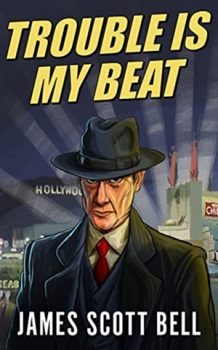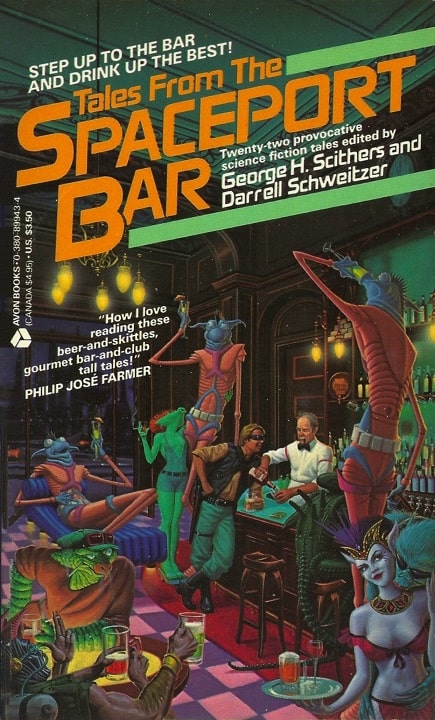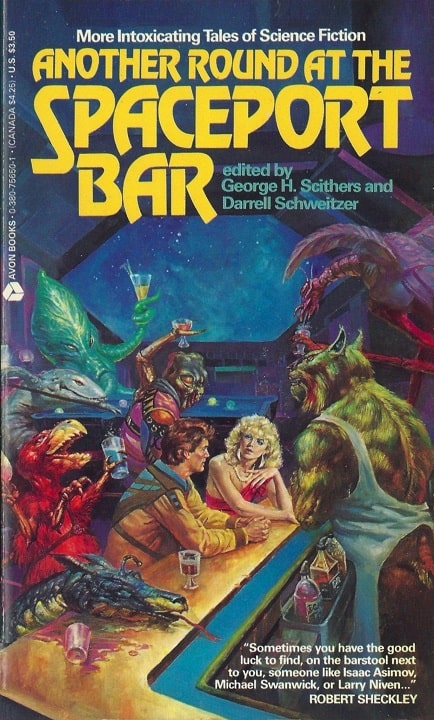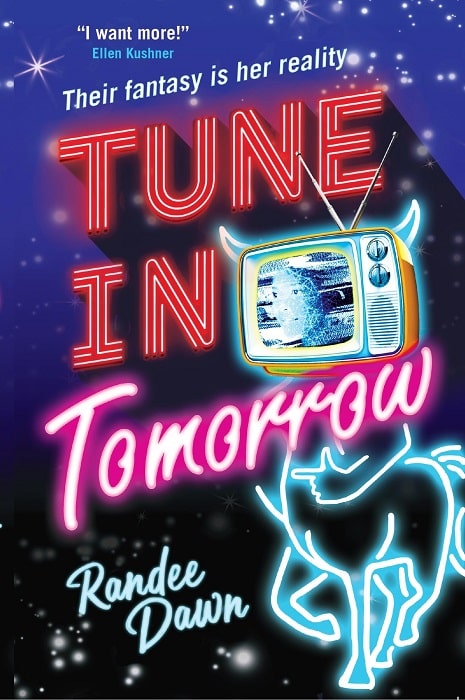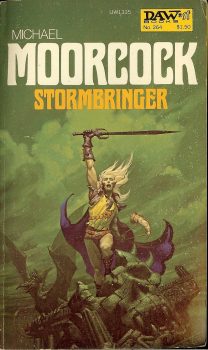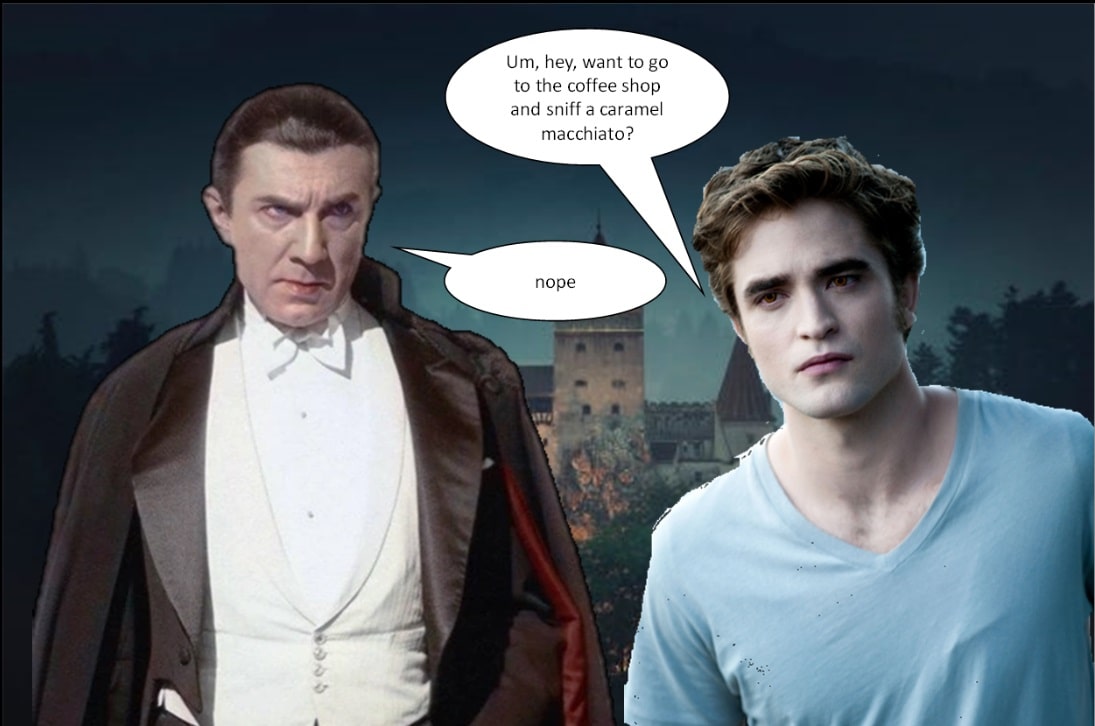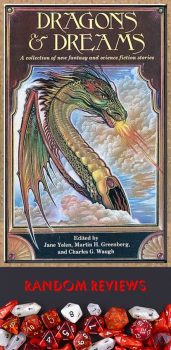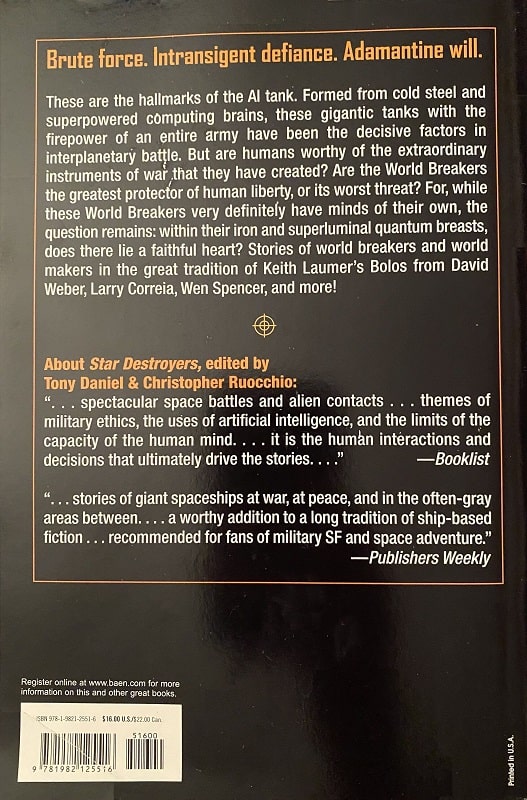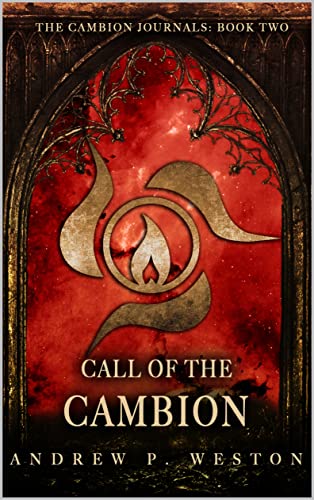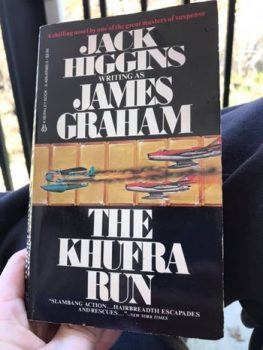Blob Monsters, Killer Alien Plants, and Feral Automobiles: July/August 2022 Print SF Magazines
 |
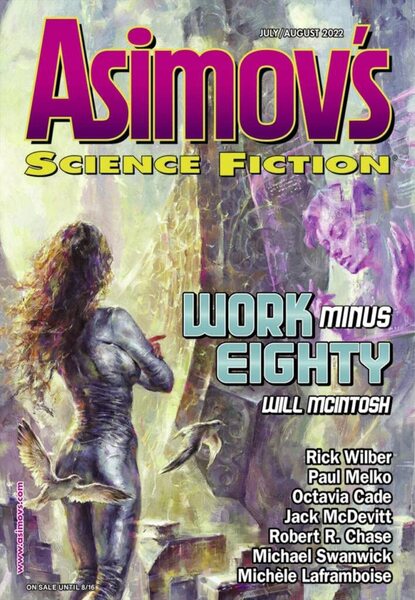 |
 |
July/August 2022 issues of Analog Science Fiction & Fact, Asimov’s Science Fiction, and
The Magazine of Fantasy & Science Fiction. Cover art by Donato Giancola, Eldar Zakirov, and Alan M. Clark
It’s marvelous to see a cover by the great Donato Giancola on Analog, of all places. Donato did one cover for Black Gate, our famous Red Sonja cover for Black Gate 15, our special Warrior Women issue. Analog‘s last cover was by NASA, the inside of a satellite or reactor or Easy Bake oven or something. This one is much cooler.
Shipping problems have delayed the arrival of this month’s F&SF, so I don’t have a copy in my hot little hands in time to do this article (again), but Tangent Online has the Table of Contents, so I can fake it. There’s lots of good reading in this month’s print SF mags, including stories by Jerry Oltion, Sean Monaghan, Bruce McAllister, Alvaro Zinos-Amaro, Rick Wilber, Will McIntosh, Michael Swanwick, Octavia Cade, Jack McDevitt, Paul Melko, Nick Wolven, James L. Sutter, Nina Kiriki Hoffman, and many others. Let’s dive in.
